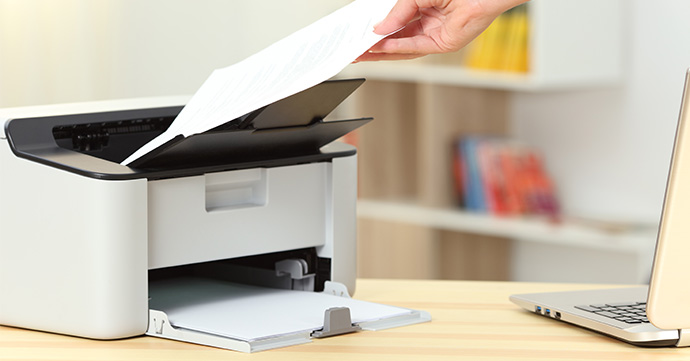
How Does a Laser Printer Work?
The laser printer is a complicated device that businesses rely on to stay productive year after year. This post covers the inner workings of laser printers, including their key components, so you can better understand how this type of printer can improve your business’s output.
Quick Reference Guide
Using lasers, heat, static electricity, carbon and mirrors, here’s a simple overview of the process of laser printing, for quick reference:
- The laser transmits the print onto a metal drum within the printer.
- Then the drum’s static electricity attracts toner powder to the cylinder of the drum.
- This drum rotates and places toner on the page, printing the document.
- The toner melts and is then pushed down onto the page via the heat of the fuser as it moves through the printer’s rollers.
- The printing process is complete!
What is a Laser Printer?
A laser printer is a device that uses a dry powder (toner) to produce prints on a page.
There are numerous types of laser printer, including monochrome and colour, as well as print only and multifunction devices. Laser printers are primarily aimed at businesses that print in high volumes, thanks to their increased print speeds and page yields (number of pages they can print) when you compare inkjet vs laser. They’re better for printing text due to their precision and efficiency, as the laser beam within the printer produces sharp, crisp edges.
How Do Laser Printers Work?
In this section we’ll outline the components that make up the laser printer and also go over the process of laser printing in greater detail.
Laser Printer Components
The laser printer is made up of a drum unit, fuser unit, laser, toner cartridge(s) and a transfer belt.
Drum Unit: The printer projects the document onto the drum unit. It is an electrically charged roller on which toner powder adheres to. Drum units can be purchased separately or as part of a toner cartridge. They should be changed after using 3 – 4 toner cartridges.
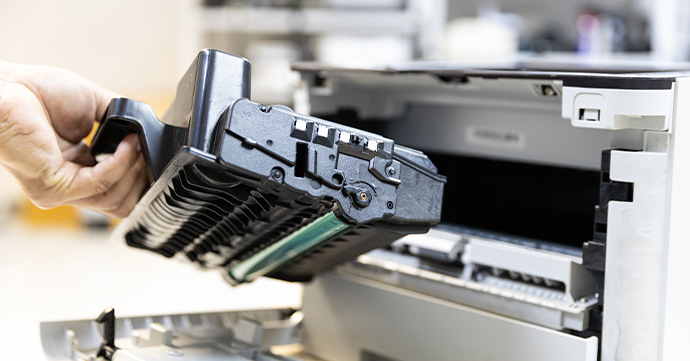
Fuser Unit: A heating unit, it melts toner onto the paper to finish the print.
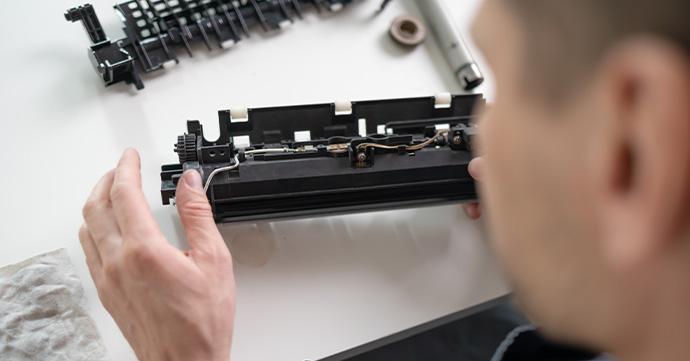
Laser: Responsible for controlling the pattern of the charge, the laser shines light via its diode (light source), which is then reflected by multiple mirrors. Laser light shines onto the drum unit (via reflection of light) to stamp the print’s shape.
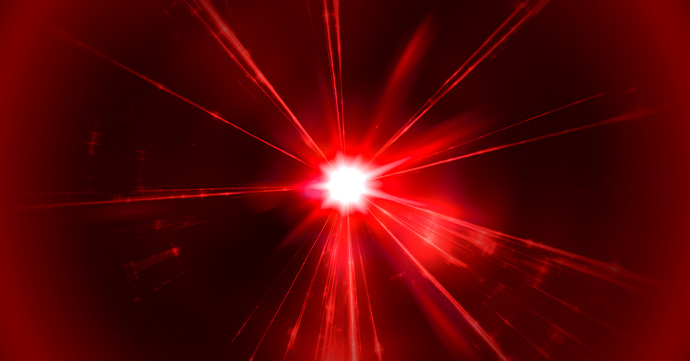
Toner Cartridge: These printer cartridges are made from positively charged carbon/iron oxide powder. This powder is then transferred to the page via the heat of the fuser unit. Typically, toner cartridges are available in black/cyan/magenta/yellow colour options (CMYK).
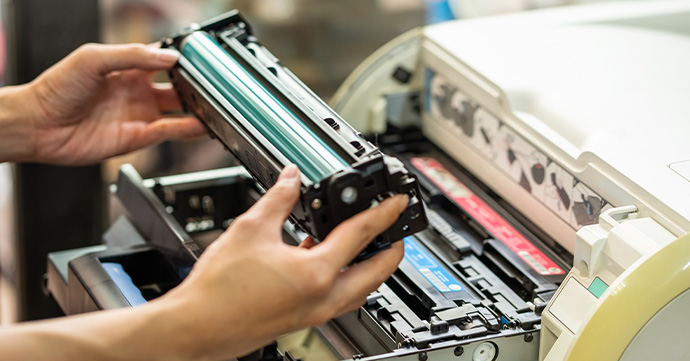
Transfer Belt: Responsible for moving the paper, if your printer is more compact it may have rollers in place of a belt (although it still works identically).
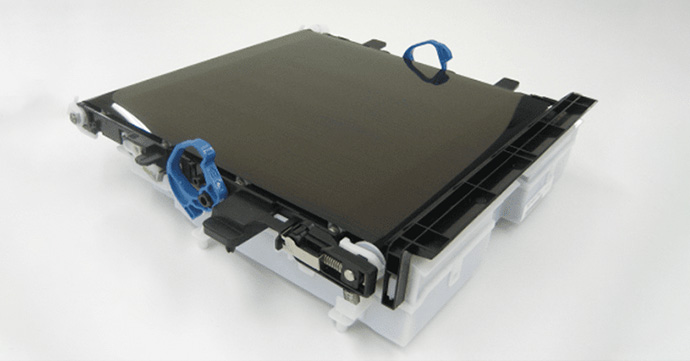
How Does a Laser Printer Work? A Detailed Guide
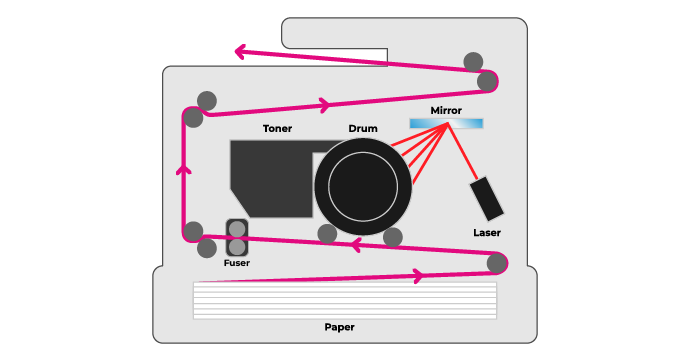
- The print information is sent from the device (phone, pc etc.) to the printer memory, which holds this for a short amount of time.
- While the printer heats up, you will notice a slight delay, this is just the corona wire (charging wire) warming up before it transfers positive static charge to the printer’s drum.
- A metal cylinder that’s coated, the drum will start to turn and get a positive charge across its entire surface. Your printer may have four drums that correspond to each of the printer’s colours, black/cyan/magenta/yellow.
- The laser then starts running, shining on multiple mirrors around the drum’s surface, imprinting the print’s shape through a negative electrical charge.
- A hopper (toner-holding component found beside the drum) and the toner cartridge steadily distribute carbon toner particles, which are positively charged, onto the drum as it rolls. Toner is drawn to negatively charged sections of the drum and ignores any parts of it that are charged positively.
- Paper moves through the printer via the transfer belt (this positively charges it).
- The paper goes through the drum, as the toner powder (which is charged negatively) is drawn to the page in the form of the print.
- The toner melts onto the page via the heat of the fuser.
- A page has now been printed!
Practical Benefits of a Laser Printer
Laser printers are great devices for increasing and supporting your workplace’s productivity. Why not check out our recommendations for the best laser printers on the market?
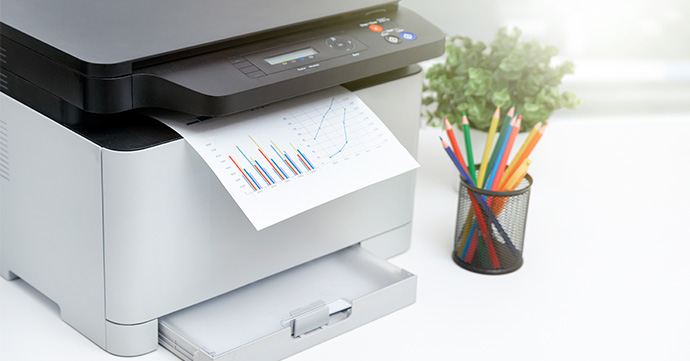
Businesses may prefer a laser to an inkjet printer because:
- Speed: Faster due to efficient technology
- Volume: Toner with high page yields
- Cost-Efficiency: Better value for long-term, high-volume use
- Quality: Sharper text with greater clarity
Now you know how they work, you’ll be in a better position to choose your office’s next powerful printer to enhance your business’s output.


